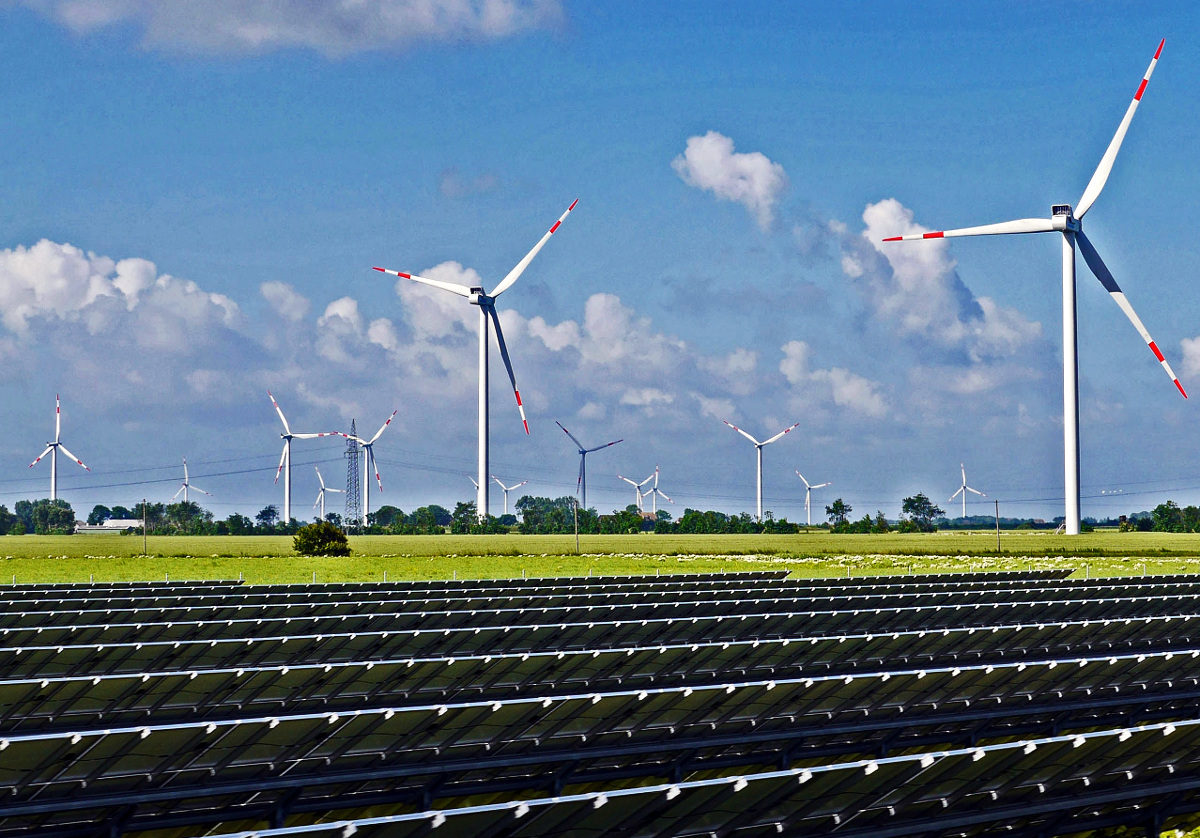The transition to a resilient electricity grid with increasing amounts of cheaper, variable renewable energy will require reforms to the scheduling and dispatch of power. And some of these reforms can potentially help electricity distribution companies (DISCOMS) save billions of dollars, finds a new report by the Institute for Energy Economics and Financial Analysis (IEEFA).
“India added a record 15 GW of renewable energy capacity in the fiscal year 2021-22. This rate of clean energy installation will need to accelerate further for the country to meet its climate targets. Managing large amounts of variable renewable energy sources such as solar and wind on the grid requires new technical and financial solutions,” says the report’s author Kashish Shah, Research Analyst, IEEFA.
The report reviews the current electricity market design and structure for the scheduling and dispatch of power. It says electricity market design must evolve to address new challenges for the grid as renewable generation capacity rises.
Recommendations
The report recommends that policymakers accelerate several pilot programs aiming to reform power scheduling and dispatch, potentially saving billions of dollars for DISCOMs.
Currently, 90% of the electricity traded in India is through long-term power purchase agreements (PPAs). However, the two-part tariff structure of thermal power PPAs has locked DISCOMs into long-term capacity payments. Combining this with self-scheduling of power dispatch at a regional level by the DISCOMs restricts sharing of generation resources at a country level. This results in a sub-optimal outcome as expensive power plants are utilized more, resulting in higher power procurement costs for DISCOMs.
The report notes that policymakers are trying to address this issue through various models of power dispatch. A Security Constrained Economic Dispatch (SCED) pilot pooled 58.1 GW of inter-regional thermal power stations and saved INR 20.7 billion ($260 million) between April 2019 and February 2022.
The Central Electricity Regulatory Commission has also proposed a Market-based Economic Dispatch (MBED) mechanism to pool all the generation resources, potentially reducing power procurement costs by INR 120 billion ($1.6 billion) annually.
“There has been no update on the proposed pilot of the MBED mechanism. If the CERC has not yet staged the pilot, it should do so at the earliest as it would significantly improve cost and resource efficiency,” says Shah.
The report also recommends that policymakers increase the share of open market platforms in the electricity market, which would help the renewable energy sector.
“The introduction of competitive day-ahead and term-ahead markets to trade clean power on open market platforms has been quite successful. There are three different power exchanges – Indian Energy Exchange, Power Exchange India and Hindustan Power Exchange – that facilitate the trading of green power. In our view, a larger shift to open markets will allow competition and add dynamicity to electricity trading,” says Shah.
“More importantly, they provide a time-of-day price signal for energy storage technology solutions, such as utility-scale batteries and pumped hydro storage, as well as demand-side management.”
To maintain grid stability, system operators in India still procure ancillary services from the un-requisitioned surplus capacity of coal-fired power plants.
“We believe battery energy storage and pumped hydro storage technologies are better suited to providing ancillary services than coal-fired power plants as they have significantly shorter response times and higher ramp-up and ramp-down rates,” says Shah.
“The CERC’s new regulation for Frequency Control Ancillary Services (FCAS) paves the way for a competitive and modern mechanism. India should move to the new mechanism sooner rather than later.”
This content is protected by copyright and may not be reused. If you want to cooperate with us and would like to reuse some of our content, please contact: editors@pv-magazine.com.









By submitting this form you agree to pv magazine using your data for the purposes of publishing your comment.
Your personal data will only be disclosed or otherwise transmitted to third parties for the purposes of spam filtering or if this is necessary for technical maintenance of the website. Any other transfer to third parties will not take place unless this is justified on the basis of applicable data protection regulations or if pv magazine is legally obliged to do so.
You may revoke this consent at any time with effect for the future, in which case your personal data will be deleted immediately. Otherwise, your data will be deleted if pv magazine has processed your request or the purpose of data storage is fulfilled.
Further information on data privacy can be found in our Data Protection Policy.